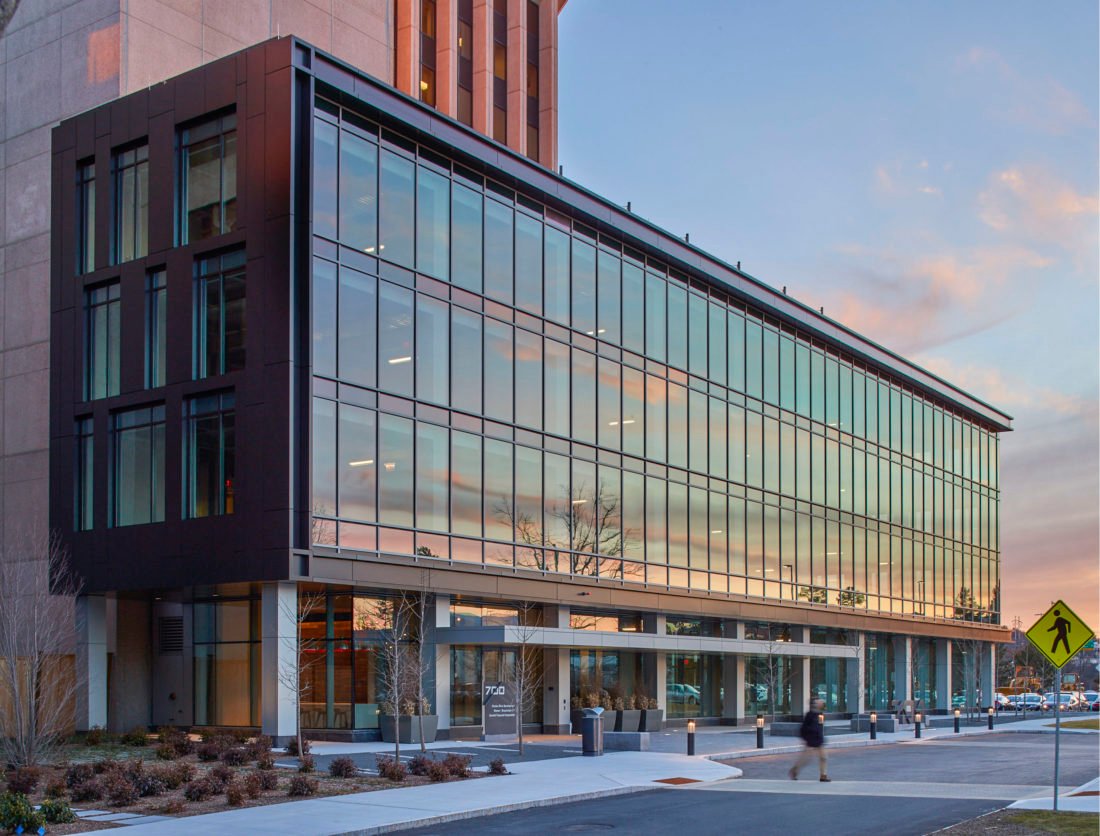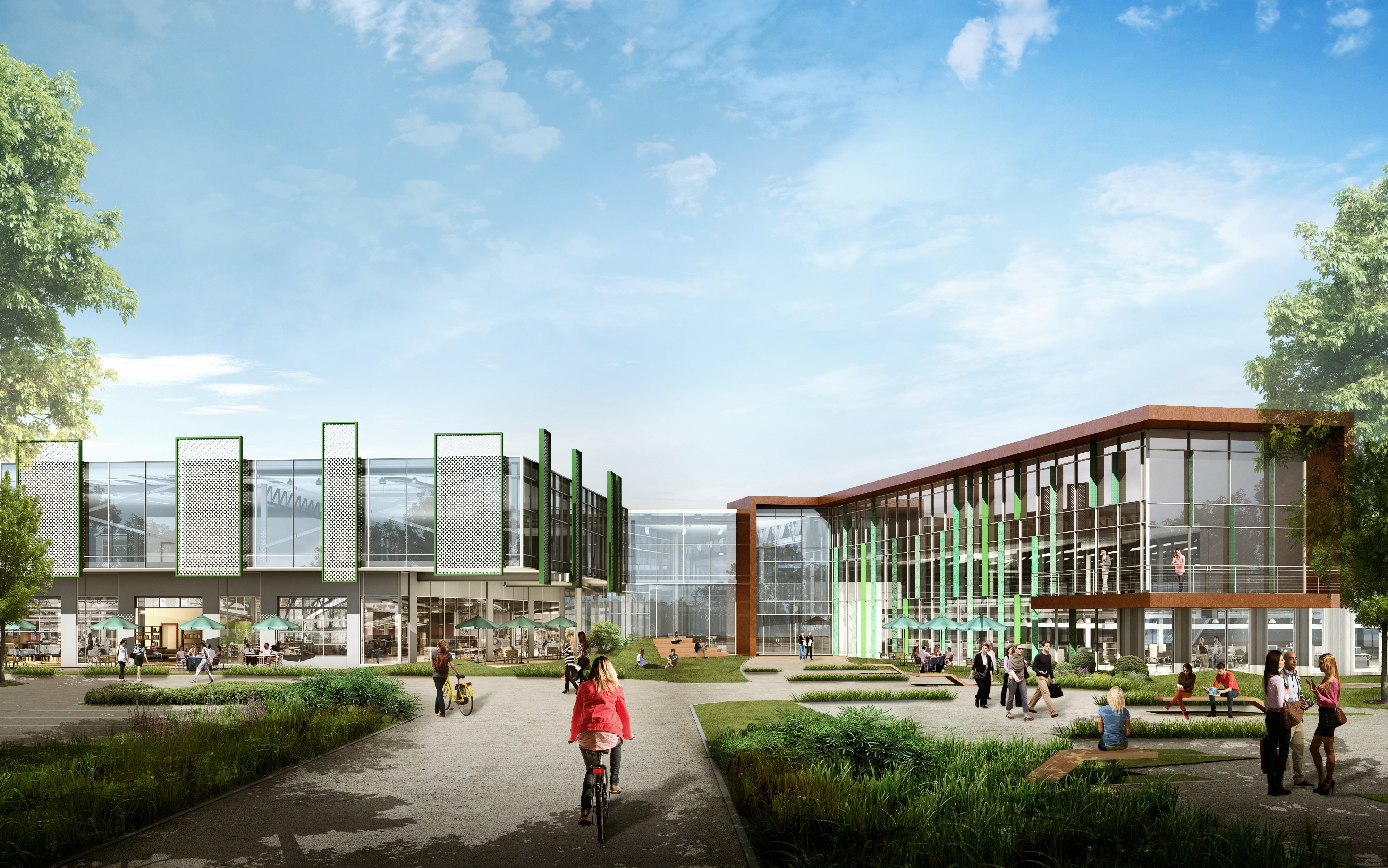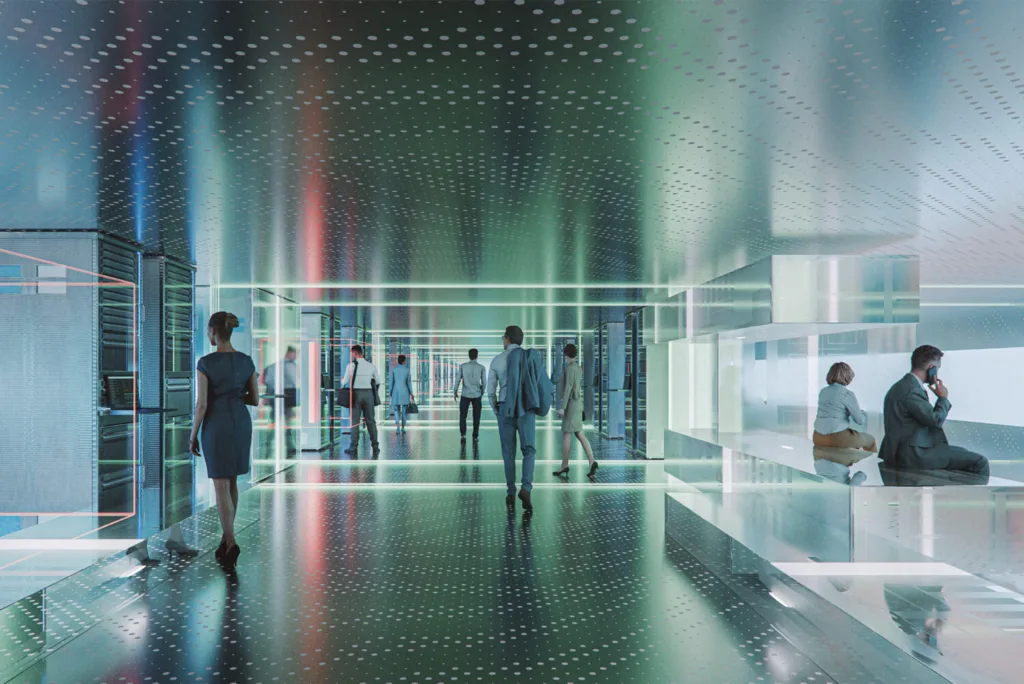The average professional spends a majority of their waking hours at work or getting to work – and luckily for that average professional, the tides are changing when it comes to the typical office environment in which one spends all of this time. The most modern offices have caught on to the fact that the days of cubicles and harsh, fluorescent lighting are behind us.
Business leaders have been forced to reassess the working environments that are best for their team – because a happy, healthy, and inspired team team is a motivated, productive, and loyal team. These realizations at the individual business decision-maker level have also forced placemakers to change in a way which commercial real estate hasn’t seen since the inception of the cubicle back in the 60s.
For all the right reasons, workplaces are finally evolving beyond four walls and a roof. But, it’s about much more than just the property itself. It’s a shift in thinking. For landlords and asset managers, your customers are no longer just a mass of tenants – they are people.
Give the people what they want
It seems simple and even obvious, but humanizing the term tenants makes it easier to consider the needs and wants of your customer, and a customer-centric business always has an advantage over competitors. Placemakers that consider the person who inhabits the space will naturally build a relationship with the customer and make smarter decisions and investments that impact return.
It starts with a baseline knowledge of who occupies the space to better understand what they want out of their office environment and how to attract more clients like them.
The District in Burlington, MA, owned by National Development, is the perfect example of a placemaker perfecting their property to meet the demands of their customer base. As urban rent rises and commuting into the city becomes more of a challenge, suburban work/life becomes increasingly attractive for the new generation of workers.
The District has led the way in its approach to giving the suburban office park a complete reboot, effectively creating a mini-city for its community with a focus on what its average tenant wants in a workplace – community, amenities, greenspace, shuttle transportation, and more.

Beyond the physical property
Beautifully designed common areas, bike rooms, onsite restaurants, gyms, and wifi – these physical components will never stop being important to the average tenant. But the people who share space in a building are the actual community an asset manager should be concerned with. They are the people who breathe life into the property. Placemakers that emphasize and support tenant interactions and connections will evolve their building into more than just a place to work.
Synergy Investments is an industry leading example of putting this emphasis into practice with the launch of The Hive in Boston’s Downtown Crossing. The Hive hosts new-economy businesses in the tech and media space, and while every business has their own office, everyone comes together in shared spaces and the occasional event.
Synergy’s goal with this environment? “Work becomes more fun and serendipitous. Friendships are made, collaborations are formed, and good fun is often had. New faces soon become familiar faces, friends, or even business partners.” For Synergy, there is incredible value in being the impetus for these interactions and potentially long-term business connections – from customer loyalty during growth stages to referral and word of mouth marketing for their property.

Owning the experience
There’s incredible evidence proving that value is moving away from physical assets and instead emphasizing improved user experience. Placemakers who embrace user experience for the connected tenant will win in this new age of the operator. Asset managers must embrace this challenge and turn it into an opportunity by owning the experience of an improved life/work balance, as well as the accompanying digital interface of this coexistence.
Boylston Properties clearly understands how important the work-life blend is to the connected tenant as evidence by their impressive portfolio of state of the art mixed-use plans for Watertown, MA – LINX, Aresenal Yards, One Aresenal, and an onsite hotel. Anything a tenant could possibly want in a day can happen in this impressive complex – parking, bike path, transportation options, gym, food, health and beauty services, community-building, and more – ensuring Boylston Properties has a hand in every part of the daily experience of the tenant.

While the end-user building experience becomes more human, asset managers are forced to consider the people in their property – not just a mass of tenants – if they want to keep them as customers. And yet, solutions exist to ease the massive transformation impacting the role of asset manager. The new age of tenant engagement means making changes, taking risks, and leveraging the technology and services that customers expect.


